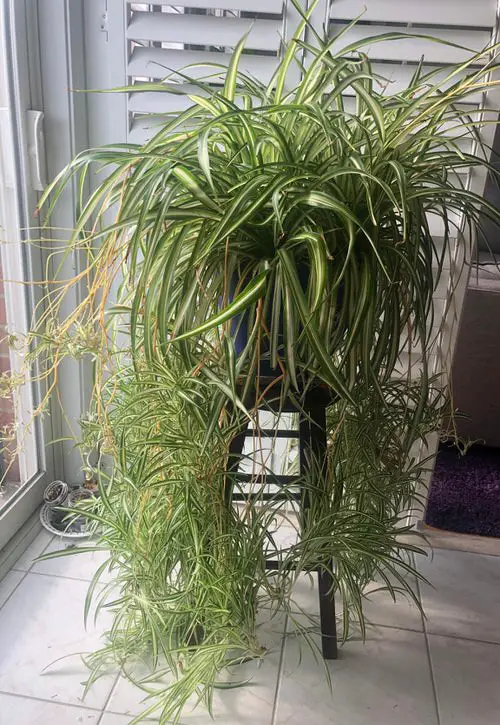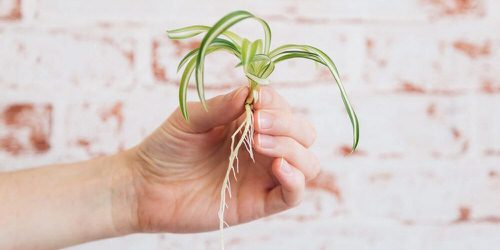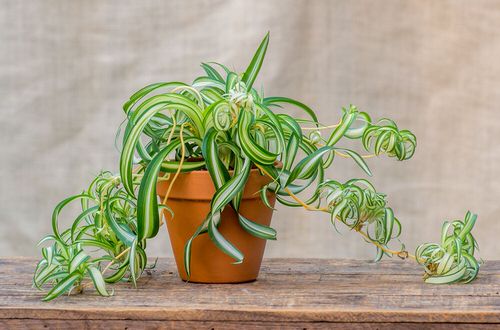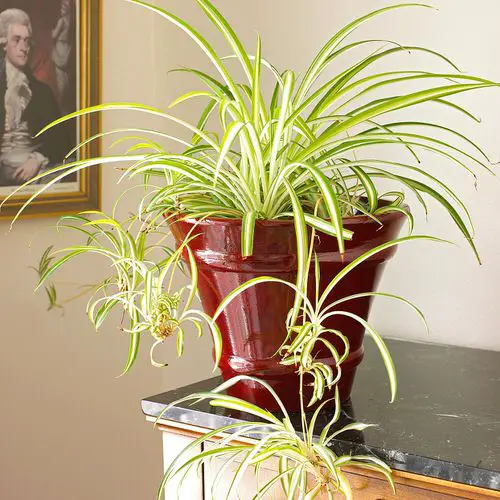Do you want to know about How to Get More Spider Plant Babies? Read ahead to find all the information on getting more spiderettes!

To help you grow more spider plants, we have all the tips and tricks on How to Get More Spider Plant Babies in easy ways!
Have a look at the different ways to propagate Spider Plants here
How Much Time Spider Plants Take to Reproduce?

The reproduction cycle begins within 1-2 years when spider plants are mature and rooted well. Several elements are essential in the effectiveness of the reproduction method of your spider plant. You can get the best results in the fastest time by following the below points:
- Indirect Light and Perfect Growing Conditions
- Correct Ventilation
- Drainage Holes in the Container
- Well Rooted Plant
- Correct Watering
When spider plants reproduce correctly, you’ll see spiderettes at the ends of the long stems. When these baby plants form their own roots, you can cut and root them independently in water or soil.
Check out five different ways to grow spider plants here
What Time of Year do Spider Plant Babies Reproduce?

Spider plants grow well during summer and fall, feasibly producing babies in this time period depending on the care they receive. That includes:
- How healthy the roots are?
- How much light the plant is receiving?
- Is current growing conditions match the natural habitat of the plant?
Check out stunning spider plant pictures here
How to Get More Spider Plant Babies?

Sunlight Exposure
Spider plants have more babies when they receive long sun exposure but remember it has to be bright, indirect light. Avoid keeping the plant in the harsh, afternoon sun, especially if you live in a warm climate.
You can speed up the growth of spider plant babies during summer and fall by leaving them outdoors, so they get more sunlight but make sure to keep the plant in a shaded area.
Pot Size
Keeping the plant in one size smaller pot than required and in a slightly root-bound state will help it to produce more babies.
Large pots dry out slowly and enhance the chance of root rot. Use containers that are slightly bigger than the root ball to boost the development of flowers and plantlets.
Fertlizer
Spider plants are also heavy feeders. Fertilize them with a 3:1:2 NPK ratio fertilizer, once in 4-5 weeks. Feed plants when they are actively growing in spring, summer, and early fall. Do follow the instructions on the label.
Maturity
Mature spider plants have more chances to grow babies. Do not expect the plant to produce spiderettes when it is young.
Few Additional Points
- Keep the plant away from cold drafts of air.
- Make sure that the plant is safe from pests, especially spider mites.
- Spider plants are short-day plants that need the darkness of long uninterrupted nights for up to three weeks to produce flowers from which babies emerge.
Note: If the darkness is broken by turning on light during the middle of the night, this can stop the flowering and production of babies.
Find the different varieties of spider plants here
The Bottom Line
Following all these points will surely help the plant to produce more babies. However, several other factors are also responsible and these do not guarantee that the plant will produce spiderettes.


